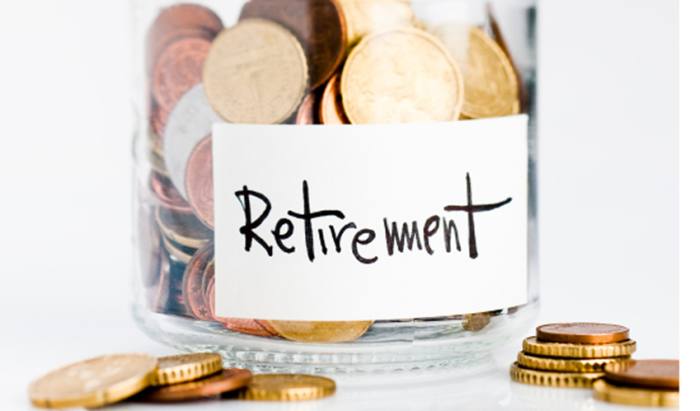
Last year saw a sharp – 70 per cent – fall in the number of retirees buying annuities and opting for drawdown instead.
Annuity rates are clearly not tempting and the possibility of passing on what is left of your retirement savings to the next generation on death holds obvious appeal.
Extended life expectancy and fears about late life care costs mean few of us can afford for our retirement money not to be working.
Many will require their savings to generate income to live on. Running out of money is the obvious risk.
The old adage of the higher the return, the higher the risk generally holds true. In the accumulation phase, long-term investors can surf the waves of volatility, using pound-cost averaging to benefit from market dips.
In the decumulation phase, they risk drowning as the reverse effect kicks in. Those taking regular income will eat into their assets more quickly on the market dips – pound cost ravaging, as it has been labelled.
The challenge for the investor, therefore, is to find ways to maintain yield but manage volatility. Is it possible to generate the yield an investor might expect from a decent equity income fund (currently about 4 per cent), but with lower volatility?
There are a number of techniques an investor might use to achieve this. Let us look at the four key areas: equities, fixed interest, alternatives and cash.
Equities with attractive yields are available throughout the world, providing the opportunity to construct more balanced, yet well diversified, investment portfolios.
Higher-than-average dividend yields inevitably point to a higher-than-average risk, so be careful to avoid classic ‘value-traps’. It arguably makes more sense to focus on marginally lower – yet still attractive – yield pockets of the market that also offer the extra benefit of a capital uplift.
In a cautious managed portfolio, the core fixed interest element might include a significant emphasis on gilts and investment grade corporate debt. The core can be supplemented by higher yielding bonds, perhaps via a strategic bond fund run by a trusted active manager who is able to invest opportunely across the fixed income spectrum.
What is more, investing into a US Treasury exchange-traded fund could offer cost-effective, lower-risk exposure to a dollar currency play.
In a cautious portfolio, the alternatives element may focus on absolute return funds, but while these dampen volatility, they may not generate sufficient yield for the drawdown client. In the quest for yield, an adviser might place greater emphasis on higher-yielding alternatives, such as global infrastructure or property funds. It is not difficult to find UK commercial property funds generating between 4.5 per cent and 6 per cent at present.
Many investors like to be fully invested, but having the opportunity to switch into cash can be very useful. It offers a harbour when particularly heavy storms are forecast and the flexibility to pick up bargains afterwards.






